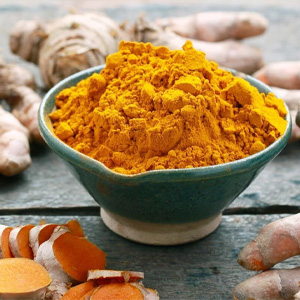- No. 268 Xianghe Street, Economic Development Zone of Xingtai city, Hebei 054001 China
- Byron@hbhongri.cn
Exploring the Flavorful World of Spicy Dried Peppers for Culinary Delights
The Essence of Spicy Dried Peppers
In the vibrant tapestry of global cuisine, few ingredients captivate our senses and energize our dishes quite like spicy dried peppers. From the fiery heat of the jalapeño to the smoky allure of chipotles, these little powerhouses not only add flavor but also carry a rich history and cultural significance.
Dried peppers are the result of a time-honored tradition that dates back centuries. Various cultures have utilized the drying process to preserve the bountiful harvest of peppers, taking advantage of the natural sugars and oils that intensify as the moisture evaporates. This method of preservation allowed communities to enjoy the rich flavors of peppers long after the growing season had ended, thereby enriching their culinary repertoire.
One of the most famous varieties of spicy dried peppers is the chili pepper, which is native to the Americas
. When Christopher Columbus stumbled upon the New World, he encountered these vibrant pods and brought them back to Europe, igniting a culinary revolution. Bell peppers, jalapeños, habaneros, and poblano peppers transformed global cuisine, becoming staples in various dishes across continents. As they dried, these peppers began to take on new dimensions of flavor, allowing cooks to experiment with intensity and smokiness in their recipes.In the spice markets of Mexico, you'll find a stunning array of dried peppers, each with its unique profile. The guajillo, for example, features a deep red color and a mildly spicy tang, making it a favorite in sauces and salsas. The ancho, a dried poblano, is mild yet flavorful, often used to add depth to mole sauces. For those seeking heat, the arbol pepper is a potent choice, lending a sharp bite to any dish. Understanding the nuances of each variety empowers chefs and home cooks alike to craft dishes that resonate with authenticity and character.
spicy dried peppers

In addition to their flavor, spicy dried peppers are also celebrated for their health benefits. Rich in vitamins A, C, and E, and packed with antioxidants, these spicy gems can boost immune function and promote overall health. The capsaicin, the compound responsible for the heat, is also said to have anti-inflammatory properties and may even aid in digestion. Incorporating dried peppers into your diet not only enliven your palate but also contributes positively to your well-being, making them an indispensable component of modern cooking.
Using dried peppers in cooking can be as simple or as complex as you desire. For a quick infusion of flavor, you can rehydrate them by soaking in hot water, which allows them to return to their original plumpness. Once softened, they can be blended into salsas, sauces, or marinades that wake up any dish. Alternatively, they can be ground into powders to create bespoke spice blends that elevate everything from roasted vegetables to hearty stews.
Dried peppers also have a unique way of transcending cultural boundaries. They feature prominently in Mediterranean, Asian, and Latin American cuisines, showcasing their versatility and universal appeal. For example, in Italian cuisine, dried peppers can be sprinkled onto pasta dishes for a kick, whereas in Southeast Asia, they are often combined with aromatic spices to create rich, fragrant curries. Each region interprets the heat and flavor of dried peppers, adding their own twist to the culinary narrative, yet all celebrate this incredible ingredient.
In conclusion, spicy dried peppers are more than just an ingredient; they are a testament to the shared global experience of flavor, preservation, and culture. Their adaptability in various culinary contexts makes them a crucial addition to any kitchen. As you explore the world of dried peppers, you're not only enhancing your dishes but also participating in a rich tradition that connects us all. So whether you crave a hint of heat or a culinary adventure, reach for those spicy dried peppers and let your creativity flourish.
-
Turmeric Rhizome Powder: A Golden Treasure from Roots to TableNewsJul.28,2025
-
The Versatile Application Of Crushed Red Hot Peppers: Lighting Up The Red Flames On The Dining TableNewsJul.28,2025
-
The Paprika: A Touch Of Vibrant Red In Color, Flavor, And CultureNewsJul.28,2025
-
Ground Turmeric: A Modern Examination of an Ancient SpiceNewsJul.28,2025
-
Capsicum Liquid Extract: Features, Applications, and ChallengesNewsJul.28,2025
-
Application of Capsicum Liquid Extract in FoodNewsJul.28,2025







